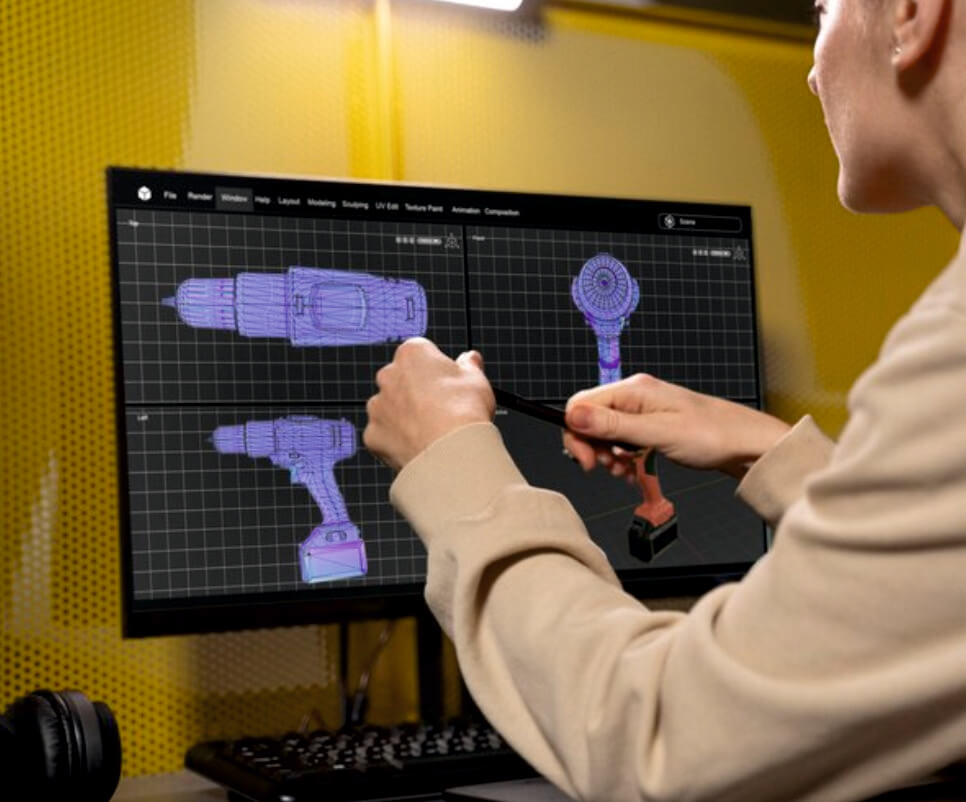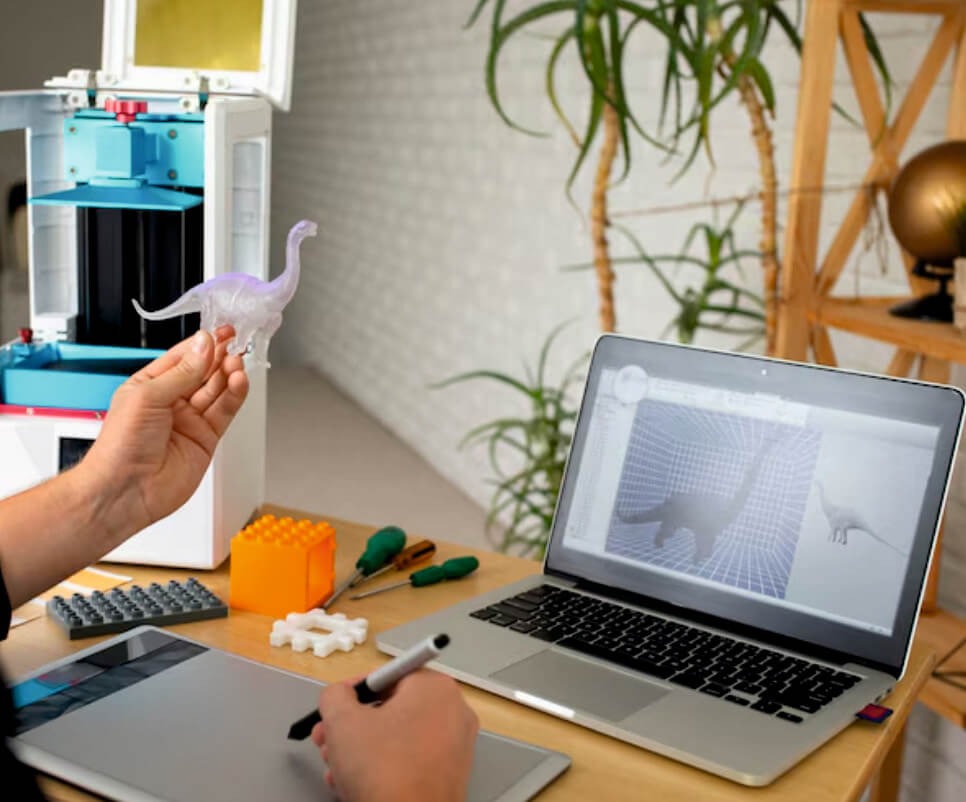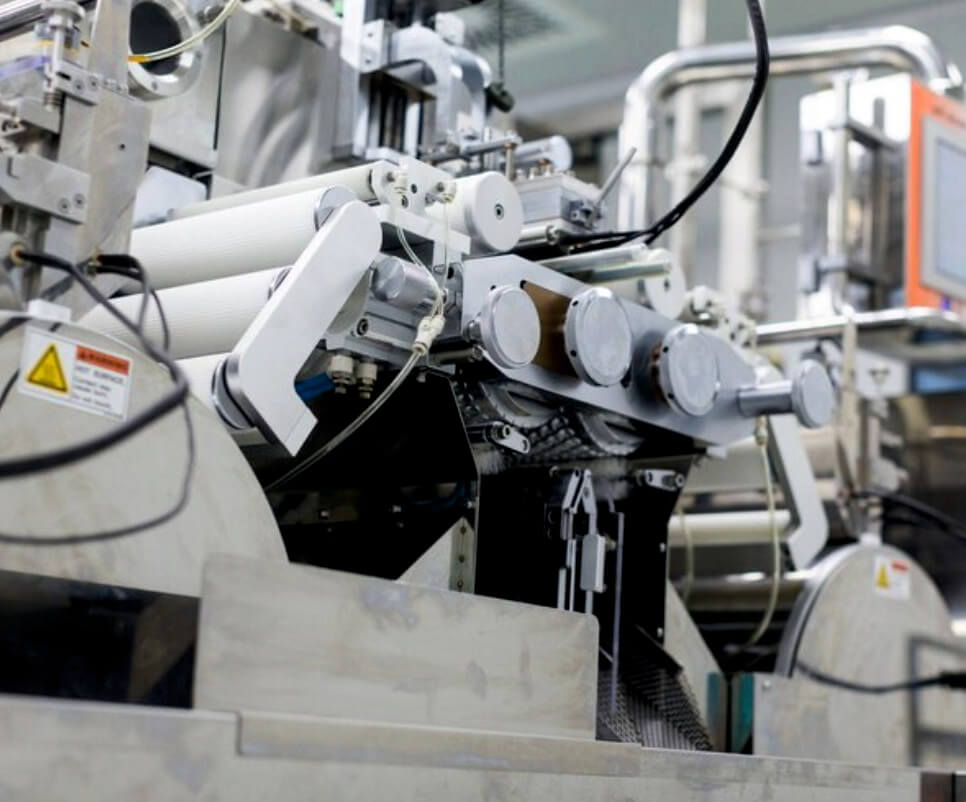Unveiling the Artistry of 3D Modeling and Reverse Engineering

In the realm of modern design and engineering, two indispensable techniques stand tall: 3D modeling and reverse engineering. Together, they form a dynamic duo, enabling innovation, problem-solving, and creative expression across various industries. From crafting intricate prototypes to unraveling the secrets of existing objects, the journey of 3D modeling and reverse engineering is as fascinating as it is essential.
Understanding 3D Modeling: Sculpting the Future At its core, 3D modeling is the process of creating a three-dimensional representation of an object using specialized software. Think of it as digital sculpting, where artists and engineers breathe life into their ideas, transcending the constraints of traditional mediums. Whether it's designing a futuristic spaceship or a lifelike character for animation, the possibilities are limited only by one's imagination. The allure of 3D modeling lies in its versatility. It caters to a myriad of industries, including architecture, automotive, gaming, and healthcare. Architects leverage it to visualize buildings before they're constructed, while automotive engineers use it to prototype new vehicle designs. In the realm of entertainment, animators employ 3D modeling to craft captivating characters and immersive worlds. However, beneath its seemingly effortless facade lies a blend of artistry and technical prowess. Mastery of 3D modeling demands an understanding of geometry, lighting, texture mapping, and animation principles. It's a delicate dance between creativity and precision, where every vertex and polygon plays a vital role in shaping the final outcome.
Decoding Reverse Engineering: Unraveling the Past Contrary to popular belief, reverse engineering isn't about breaking things apart—it's about understanding them. Imagine encountering an intricate mechanism or a groundbreaking product and yearning to comprehend its inner workings. This is where reverse engineering shines, serving as a gateway to unlocking the secrets of existing objects. At its essence, reverse engineering involves deconstructing a physical object or system to analyze its structure, functionality, and design principles. Through a combination of scanning technologies, such as laser scanning or computed tomography, and advanced software tools, engineers can create detailed digital replicas of real-world objects. The applications of reverse engineering are as diverse as they are profound. In manufacturing, it facilitates product improvement and quality control by dissecting competitors' products or enhancing legacy components. In forensics, it aids in crime scene reconstruction, helping investigators piece together events based on physical evidence. Moreover, in the realm of archaeology and cultural preservation, reverse engineering enables the recreation of ancient artifacts with unparalleled accuracy.
The Symbiotic Relationship: Where Art Meets Science What's truly captivating about 3D modeling and reverse engineering is the symbiotic relationship between the two. While 3D modeling breathes life into the imagination, reverse engineering delves into the realms of reality, bridging the gap between the conceptual and the tangible. Consider, for instance, the restoration of historical landmarks. Through a harmonious blend of 3D modeling and reverse engineering, architects can recreate ancient structures with meticulous detail, preserving cultural heritage for generations to come. Similarly, in product design, the iterative process facilitated by both techniques allows for rapid prototyping and refinement, leading to groundbreaking innovations. Moreover, the advent of additive manufacturing, or 3D printing, has revolutionized the landscape of both disciplines. With the ability to transform digital designs into physical objects layer by layer, engineers and artists can materialize their creations with unprecedented speed and precision.
Conclusion: Shaping the Future, One Pixel at a Time In the tapestry of modern innovation, 3D modeling and reverse engineering stand as pillars of creativity and ingenuity. From envisioning the future to unraveling the mysteries of the past, their impact reverberates across industries and disciplines. As technology continues to evolve, so too will the boundless possibilities that these techniques offer, shaping the future of design, engineering, and beyond.

